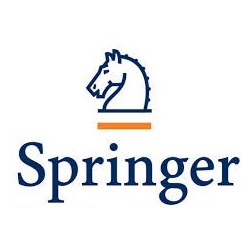Abstract
Nowadays, using delay sensitive services such as IPTV is rapidly growing. Unlike traditional TV that supports a limited number of channels due to the fixed radio frequency bandwidth, IPTV can support hundreds of channels through IP networks. However, finding a desired IPTV channel among hundreds of channels is a difficult and time consuming issue. To solve this problem, we propose two novel methods to reduce channel surfing period. The first method is channel number-based and is called the Program-Driven Channel Switching (PDCS) method. The second method is popularity-based and is called the Program-Driven with Weight (PDW) method. It is noted that the number of channel switches has a main effect on the channel surfing period. Our proposed methods are based on programs; i.e., program-driven methods. In these methods, instead of choosing channels, users select their desired programs by which they can reach the desired channels that play the programs. Note that a user likes to watch his/her desired program independent of the channel number. Simulation results show that the proposed methods can reduce the number of channel switches; thus reducing the latency for channel surfing period.
1 Introduction
Nowadays, use of delay sensitive services (such as interactive gaming, IPTV, and Voice over IP) is growing. These services not only need huge bandwidth, but also require desired quality of service (QoS) [16]. One of the new technologies is IPTV that uses digital television technology which transmits TV content over IP-based network [17].
5 Conclusion
In this paper, we have proposed novel methods to reduce the latency for surfing period in IPTV. Our proposed methods are based on programs; i.e., a program-driven method. In these methods, instead of choosing channels, users select their desired programs by which they can reach the channels that play the programs. Note that a user likes to watch his/her desired program independent of the channel number. Simulation results show that the proposed methods can reduce the number of channel switches; thus reducing the latency within channel surfing period.











